Jalal-Abad Region, Bazar-Korgon District, Village of Bazar-Korgon Destroyed Warehouse of Obsolete Pesticides
Coordinates: 41.017898, 72.709259
The Jalal-Abad region has been subjected to the greatest anthropogenic impact in the southern areas of the Kyrgyz Republic. Most warehouses are destroyed, and the territorial relocation/placement of previously stored hazardous substances is unknown. During the inventory, a large number of contaminated areas of former warehouses with unidentified hazardous substances were discovered, along with contaminated packaging leaking pesticides into the soil and groundwater. More than 11 sites have been identified from past inventories in the Jalal-Abad region, and an additional 8 sites were indicated by territorial representatives of the State Agency for Environmental Protection and Forestry of the Kyrgyz Republic. In total, 19 sites were surveyed.
The main sites include the burial grounds of Suzak-A, Suzak-B, and burials in Ala-Buka and Zhil-Kol. In 1973, burial at Suzak A took place in the Ak-Chabyr area of the Suzak district of the Jalal-Abad region, where approximately 2000 - 3000 tons of obsolete pesticides were buried. The burial site is fenced with barbed wire, but access is free. This work was funded by a small grants program. There is security, but the guardhouse is destroyed. Signs of recent excavations were found.
In the 1970s-1980s, burials were conducted at the Suzak B burial site in the Tash-Baka Kunghey area, near the village of Kyzyl-Bayram in the Jalal-Abad region. According to the State Committee for Ecology and Climate (GKEK), approximately 1300 tons of various hazardous substances were buried in total. Currently, the condition of the burial site is satisfactory (fenced, with video cameras near the guardhouse, powered by solar panels). No signs of fresh excavations were found.
The burials in Ala-Buka did not undergo proper registration. All hazardous substances from the warehouse (the former pesticide warehouse is destroyed) of the Production Association "Agricultural Chemistry" in the Ala-Buka district were buried 200 m south of the warehouse. This area has been leveled with imported soil, and a large site is prepared for construction. Soil monitoring for pesticides is necessary.
The burial area of Zhil-Kol indicates that extraction of hazardous substances has occurred, and most of them may already be irretrievably lost. The surface of the site shows signs of old excavations. Nearby, another location with deep pits was found, possibly indicating soil contamination. Surrounding pastures are located where animals graze. The burial site is situated in a small valley. All pesticides from the Uch-Korgon warehouses were brought to this location and buried. According to local residents, the buried stocks were mainly insecticides; cattle were treated with pesticides (presumably DDT).
During the survey, 6 sites in private ownership with partially or completely destroyed warehouses were identified. There are no smells, hazardous substances, or traces on the soil in the area. The absence of traces on the soil may have been obscured by the application of clean soil, and soil contamination cannot be ruled out. The owners of the plots do not know the locations of the old volumes of hazardous substances.
At present, the exact quantity of hazardous substances placed in the burial sites requiring repackaging and storage has not been established. More than 10 cubic meters of hazardous substances remain at the former warehouses. The approximate amount of contaminated soil is over 60 cubic meters.
It should be noted that the GEF-UNEP project "Demonstration of Non-Thermal Treatment of Waste Containing DDT in Central Asian Countries (Kyrgyzstan, Tajikistan)" plans to dispose of waste at the Suzak-A and Suzak-B burial sites. These works must be accompanied by the development of project documentation, obtaining a positive conclusion from the state ecological expertise on the disposal technology, feasibility study, environmental impact assessment, as well as monitoring possible emissions of persistent organic pollutants into the environment throughout the disposal process.
To date, despite the abundance of previously implemented projects for the inventory of obsolete pesticides, contrary to national legislation:
• there are no databases of laboratory data on the composition of waste;
• there are no Waste Passports;
• regular monitoring of the condition of obsolete pesticide waste is not conducted (only within the framework of international projects);
• there is no executive authority responsible for the storage and disposal of waste;
• insufficient laboratory capacity to conduct analyses on obsolete pesticides, including persistent organic pollutants;
• there is no information on the composition of obsolete pesticides in the regulatory bodies;
• additional research is required on the owners of some warehouses/land where points with obsolete pesticides are located.
• training for local government officials, regulatory and supervisory bodies is necessary;
• it is essential to tighten responsibility for improper handling of hazardous waste.
Conclusions
According to the Stockholm Convention on Persistent Organic Pollutants (Article 6 (d) (ii)), waste containing persistent organic pollutants must be destroyed. To find environmentally acceptable methods for the disposal of obsolete pesticides, the exact composition of the waste is necessary. To achieve this, it is essential to address the issue of equipping laboratories, training personnel, and obtaining accreditation in accordance with GOST ISO/IEC 17025-2019.
In addition, it is necessary to continuously monitor the condition of pollution points with obsolete pesticides and to repack and place waste in a temporary storage warehouse that meets national legislative requirements. Repackaging, construction of a temporary storage warehouse, and disposal must be accompanied by an environmental impact assessment procedure and obtaining a positive conclusion from the state ecological expertise. For all waste, the owner must present Waste Passports and obtain permits for the storage of hazardous waste.
The process of storing and disposing of hazardous waste must be conducted under the supervision of environmental regulatory bodies.
To this end, it is necessary to initiate the process of maximum legalization of the data obtained from the inventory.
Previous inventories have not laid the foundation for creating a monitoring system for the handling of obsolete pesticides. As a result, a large volume of uncontrolled hazardous waste has become a threat to the environment, life, and health of the population living near the points of placement of obsolete pesticides.
Full report on the inventory of obsolete pesticides (OP) in Chui, Talas, Naryn, Issyk-Kul, Jalal-Abad, Osh, and Batken regions
Private property of a family planning to build their house on a demolished warehouse. Plot No. 8 is used as an airport warehouse. It is used for temporary storage of pesticides prepared for spraying on nearby lands. The airstrip is located 100 m to the northeast of the warehouse, and the mixing pool is located behind the runway but is filled with stones. According to local residents, some pesticides were buried about 20 m to the east-northeast of the former warehouse. Soil samples were taken from various locations (BK-1, BK-2, and BK-3) from the upper 30 cm of soil; below that, the soil is rocky. Houses have been built a few meters from the former warehouse. Residents are concerned about the impact of contamination. The coordinates of the possible burial site are as follows: N 41° 01.132´, E 72° 42.589´. Warehouse: 8x10 m. The warehouse is completely destroyed, and the area is prepared for residential construction. There are signs of soil contamination with pesticides and a sharp smell in places. There are no pesticides or fertilizers
The Jalal-Abad region has been subjected to the greatest anthropogenic impact in the southern areas of the Kyrgyz Republic. Most warehouses are destroyed, and the territorial relocation/placement of previously stored hazardous substances is unknown. During the inventory, a large number of contaminated areas of former warehouses with unidentified hazardous substances were discovered, along with contaminated packaging leaking pesticides into the soil and groundwater. More than 11 sites have been identified from past inventories in the Jalal-Abad region, and an additional 8 sites were indicated by territorial representatives of the State Agency for Environmental Protection and Forestry of the Kyrgyz Republic. In total, 19 sites were surveyed.
The main sites include the burial grounds of Suzak-A, Suzak-B, and burials in Ala-Buka and Zhil-Kol. In 1973, burial at Suzak A took place in the Ak-Chabyr area of the Suzak district of the Jalal-Abad region, where approximately 2000 - 3000 tons of obsolete pesticides were buried. The burial site is fenced with barbed wire, but access is free. This work was funded by a small grants program. There is security, but the guardhouse is destroyed. Signs of recent excavations were found.
In the 1970s-1980s, burials were conducted at the Suzak B burial site in the Tash-Baka Kunghey area, near the village of Kyzyl-Bayram in the Jalal-Abad region. According to the State Committee for Ecology and Climate (GKEK), approximately 1300 tons of various hazardous substances were buried in total. Currently, the condition of the burial site is satisfactory (fenced, with video cameras near the guardhouse, powered by solar panels). No signs of fresh excavations were found.
The burials in Ala-Buka did not undergo proper registration. All hazardous substances from the warehouse (the former pesticide warehouse is destroyed) of the Production Association "Agricultural Chemistry" in the Ala-Buka district were buried 200 m south of the warehouse. This area has been leveled with imported soil, and a large site is prepared for construction. Soil monitoring for pesticides is necessary.
The burial area of Zhil-Kol indicates that extraction of hazardous substances has occurred, and most of them may already be irretrievably lost. The surface of the site shows signs of old excavations. Nearby, another location with deep pits was found, possibly indicating soil contamination. Surrounding pastures are located where animals graze. The burial site is situated in a small valley. All pesticides from the Uch-Korgon warehouses were brought to this location and buried. According to local residents, the buried stocks were mainly insecticides; cattle were treated with pesticides (presumably DDT).
During the survey, 6 sites in private ownership with partially or completely destroyed warehouses were identified. There are no smells, hazardous substances, or traces on the soil in the area. The absence of traces on the soil may have been obscured by the application of clean soil, and soil contamination cannot be ruled out. The owners of the plots do not know the locations of the old volumes of hazardous substances.
At present, the exact quantity of hazardous substances placed in the burial sites requiring repackaging and storage has not been established. More than 10 cubic meters of hazardous substances remain at the former warehouses. The approximate amount of contaminated soil is over 60 cubic meters.
It should be noted that the GEF-UNEP project "Demonstration of Non-Thermal Treatment of Waste Containing DDT in Central Asian Countries (Kyrgyzstan, Tajikistan)" plans to dispose of waste at the Suzak-A and Suzak-B burial sites. These works must be accompanied by the development of project documentation, obtaining a positive conclusion from the state ecological expertise on the disposal technology, feasibility study, environmental impact assessment, as well as monitoring possible emissions of persistent organic pollutants into the environment throughout the disposal process.
To date, despite the abundance of previously implemented projects for the inventory of obsolete pesticides, contrary to national legislation:
• there are no databases of laboratory data on the composition of waste;
• there are no Waste Passports;
• regular monitoring of the condition of obsolete pesticide waste is not conducted (only within the framework of international projects);
• there is no executive authority responsible for the storage and disposal of waste;
• insufficient laboratory capacity to conduct analyses on obsolete pesticides, including persistent organic pollutants;
• there is no information on the composition of obsolete pesticides in the regulatory bodies;
• additional research is required on the owners of some warehouses/land where points with obsolete pesticides are located.
• training for local government officials, regulatory and supervisory bodies is necessary;
• it is essential to tighten responsibility for improper handling of hazardous waste.
Conclusions
According to the Stockholm Convention on Persistent Organic Pollutants (Article 6 (d) (ii)), waste containing persistent organic pollutants must be destroyed. To find environmentally acceptable methods for the disposal of obsolete pesticides, the exact composition of the waste is necessary. To achieve this, it is essential to address the issue of equipping laboratories, training personnel, and obtaining accreditation in accordance with GOST ISO/IEC 17025-2019.
In addition, it is necessary to continuously monitor the condition of pollution points with obsolete pesticides and to repack and place waste in a temporary storage warehouse that meets national legislative requirements. Repackaging, construction of a temporary storage warehouse, and disposal must be accompanied by an environmental impact assessment procedure and obtaining a positive conclusion from the state ecological expertise. For all waste, the owner must present Waste Passports and obtain permits for the storage of hazardous waste.
The process of storing and disposing of hazardous waste must be conducted under the supervision of environmental regulatory bodies.
To this end, it is necessary to initiate the process of maximum legalization of the data obtained from the inventory.
Previous inventories have not laid the foundation for creating a monitoring system for the handling of obsolete pesticides. As a result, a large volume of uncontrolled hazardous waste has become a threat to the environment, life, and health of the population living near the points of placement of obsolete pesticides.
Full report on the inventory of obsolete pesticides (OP) in Chui, Talas, Naryn, Issyk-Kul, Jalal-Abad, Osh, and Batken regions


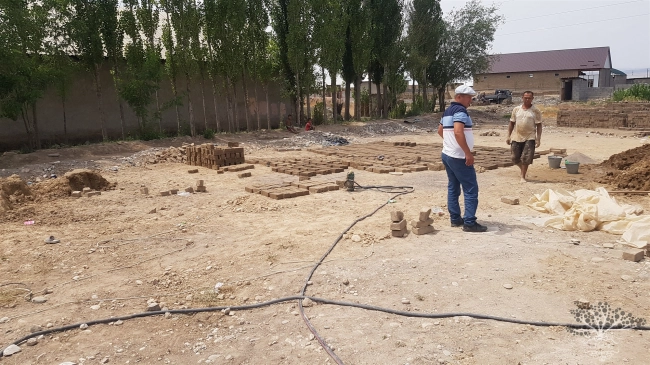

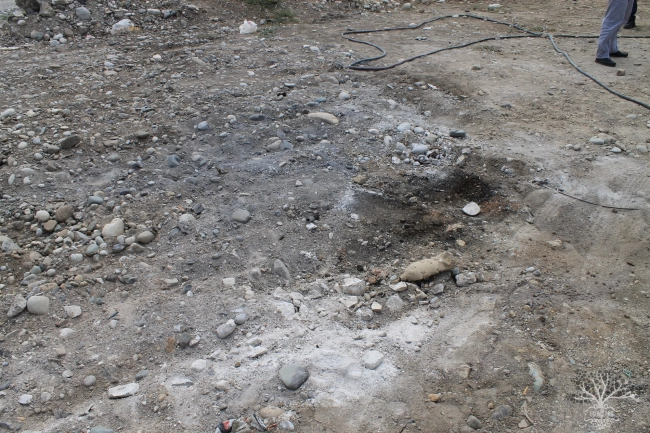
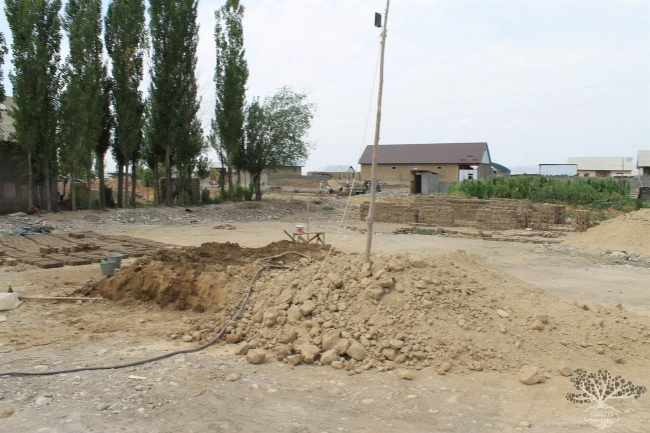

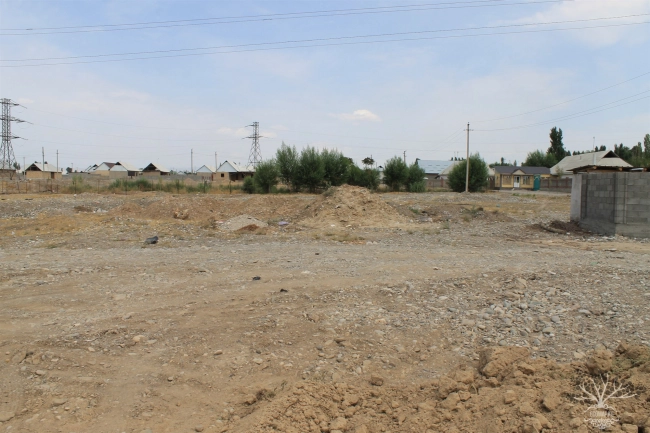
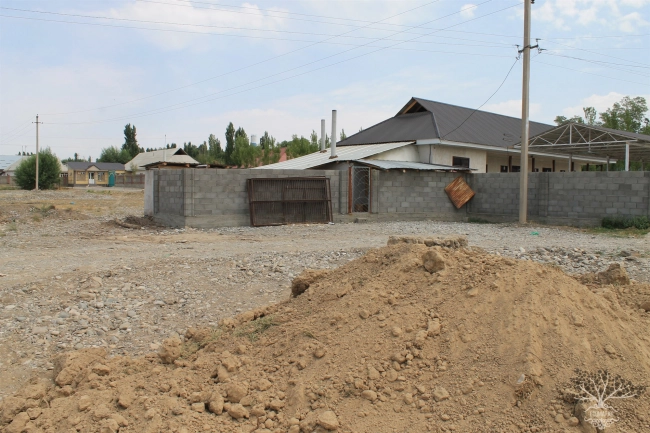
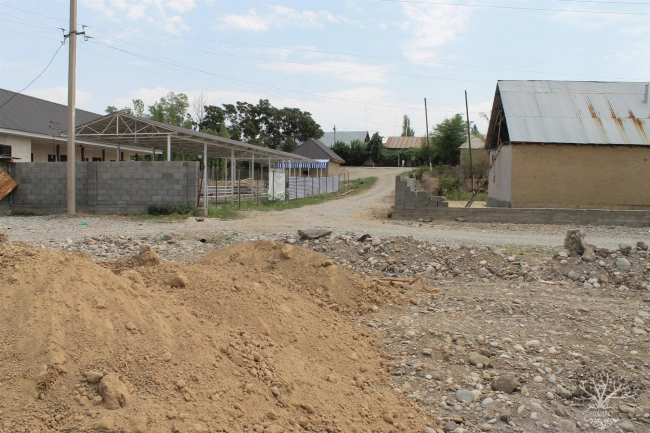


















Attention: Information based on submitted complaints